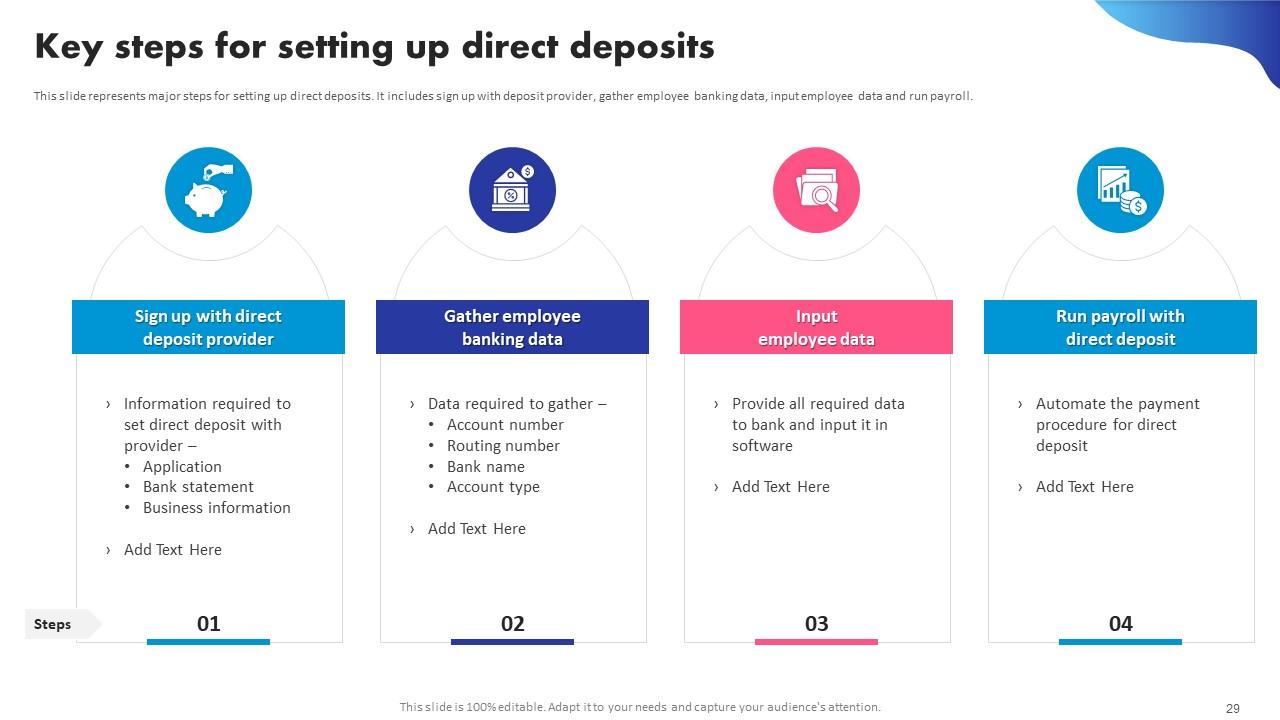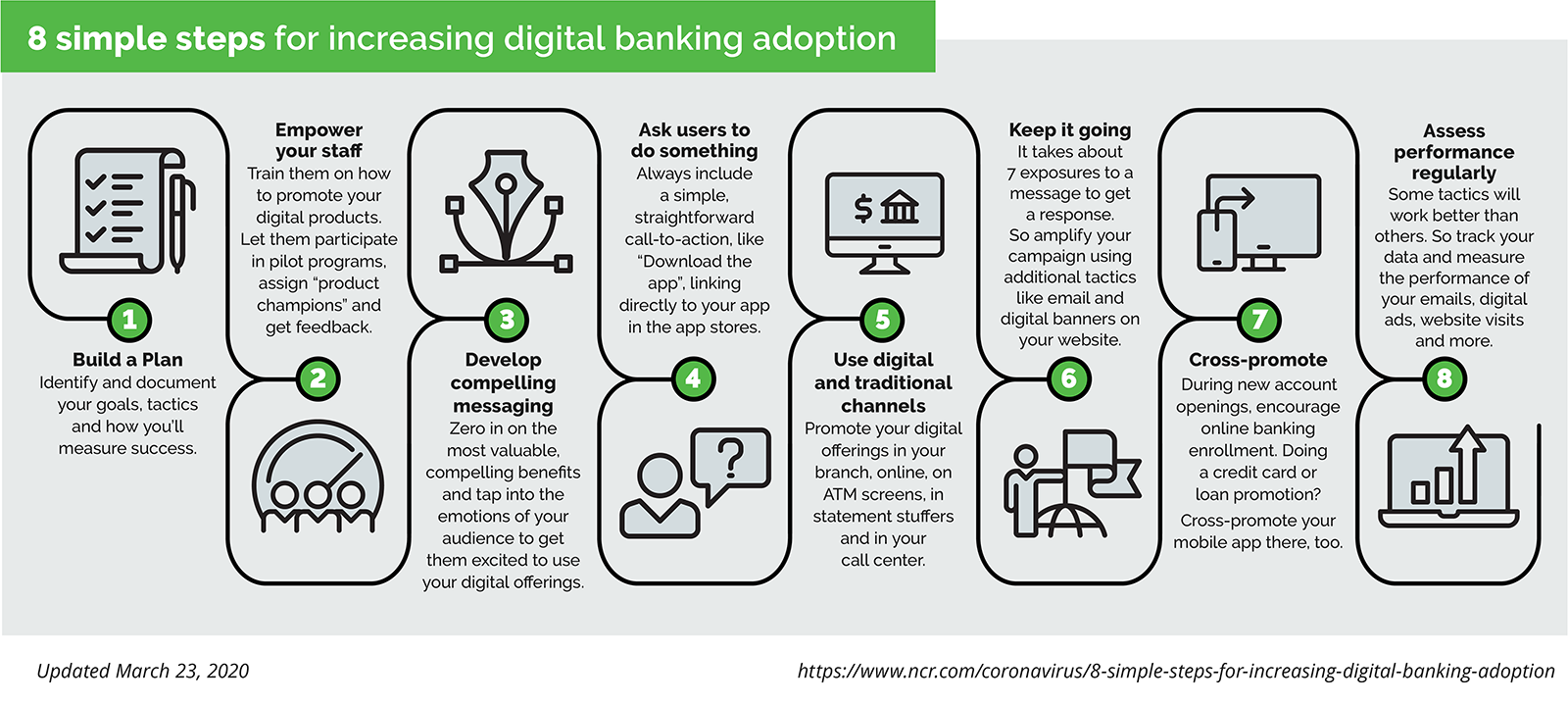Featured
Table of Contents

Suppliers that find the vulnerability might develop spots or encourage workarounds to minimize it though customers need to release that reduction to eliminate the susceptability in their systems. Zero-day strikes are extreme threats. Potential strike vectors for a zero-day susceptability correspond well-known vulnerabilities and those that have readily available patches. Therefore the formula for the length of the window of susceptability is: t2 t1b. Keep in mind that t0 is not the exact same as day no.
For normal vulnerabilities, t1b > t1a. This implies that the software program supplier understood the susceptability and had time to release a safety spot (t1a) before any kind of hacker might craft a practical exploit (t1b). For zero-day ventures, t1b t1a, such that the exploit comes to be active before a patch is made available.
It has been recommended that an option of this kind might run out reach because it is algorithmically impossible in the general instance to evaluate any type of approximate code to figure out if it is harmful: therefore an evaluation reduces to the stopping problem over a straight bounded automaton, which is unresolvable.
The 4-Minute Rule for Security Consultants
Many modern-day anti-viruses software program still utilizes signatures but also lugs out other kinds of analysis. [] In code evaluation, the machine code of the documents is evaluated to see if there is anything that looks dubious. Generally, malware has characteristic practices; code evaluation attempts to spot if this exists in the code.

One more restriction of code evaluation is the time and sources available. In the competitive globe of antivirus software program, there is always a balance in between the performance of analysis and the time hold-up included.
This can be orders of size faster than evaluating the same code, yet must resist (and discover) efforts by the code to detect the sandbox. Generic signatures are trademarks that specify to particular behaviour rather than a specific thing of malware. The majority of brand-new malware is not completely novel, yet is a variant on earlier malware, or contains code from several earlier examples of malware.
8 Easy Facts About Security Consultants Described
Organized in a safe and durable cloud setting, Our cutting edge, scalable remedies are designed to speed up development and help financial institutions deliver the experiences users demand now and in the future. We use public and personal crossbreed cloud holding services, with deployments both in our own completely repetitive and very offered information centers based in the USA, also on the AWS public cloud, operating 24 hr a day, 365 days a year, under the most extensive high quality and safety and security standards.
The cash money conversion cycle (CCC), additionally called the net operating cycle or cash money cycle, is a metric that expresses, in days, for how long it takes a business to transform the money invested in supply back into cash from marketing its item or solution. The much shorter the cash money cycle, the far better, as it indicates less time that cash is bound in accounts receivable or inventory.
This metric thinks about just how much time the company needs to offer its inventory, just how much time it takes to accumulate receivables, and exactly how much time it needs to pay its expenses. The CCC is one of several quantitative procedures that assist review the performance of a firm's operations and monitoring.
Security Consultants Things To Know Before You Get This
One must keep in mind that CCC applies only to choose sectors reliant on stock management and relevant procedures. The cash money conversion cycle (CCC) is a statistics that shares the length of time (in days) that it considers a business to convert its financial investments in inventory and other resources into capital from sales.
g., year = 365 days, quarter = 90) The initial phase concentrates on the existing supply degree and represents just how long it will take for business to offer its supply. This number is determined by making use of the days supply outstanding (DIO). A lower worth of DIO is chosen, as it suggests that the company is making sales quickly, suggesting much better turn over for the business.
Stock=21(BI+EI)BI=Starting inventory, EI=Finishing stock The second phase concentrates on the present sales and represents how long it takes to gather the money generated from the sales. This number is calculated by using the days sales exceptional (DSO), which separates average receivables by income daily. A reduced value is liked for DSO, which suggests that the company is able to collect resources in a brief time, in turn boosting its cash money position.
Security Consultants for Dummies
Accounts Receivable=21(BAR+EAR)BAR=Start AREAR=Ending AR The third stage concentrates on the present superior payable for business. It takes into consideration the amount of money that the firm owes its existing providers for the inventory and products it purchases, and it represents the period in which the company should repay those obligations.
Improving sales of supply commercial is the primary means for an organization to make even more revenues. Yet how does one sell a lot more things? If cash is easily readily available at routine periods, after that one can produce more sales commercial, as constant accessibility of capital brings about much more products to make and market.
Money isn't a factor till the business pays the accounts payable and accumulates the accounts receivable. CCC traces the life cycle of cash money used for organization activity.
8 Simple Techniques For Banking Security
CCC might not supply significant reasonings as a stand-alone number for a provided period. Analysts use it to track an organization over several amount of time and to compare the company to its competitors. Tracking a company's CCC over several quarters will reveal if it is improving, preserving, or worsening its operational effectiveness.
Latest Posts
Plumbing Can Be Fun For Everyone
The Greatest Guide To Plumbing
More About 24/7 Plumbing